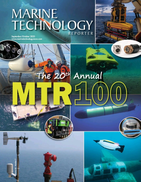Teledyne Marine Unveils BlueStreamX2 Enhancement for Benthos Acoustic Modems
range performance. This upgrade is now available across all Benthos modem families—Acoustic Telemetry Modem (ATM), Compact Modem (CM), and Ultra Compact Modem (UCM)—as well as on UTS topside systems.Benthos acoustic modems, known for their reliable underwater data transmission using digital signal processing modulation techniques, have historically operated over a 5 kHz bandwidth with bit rates up to 2400 bits per second. With the new BlueStreamX2 enhancement, the bandwidth has been expanded to 10 kHz, doubling the data rate to 4800 bits per second.This breakthrough is made possible by the
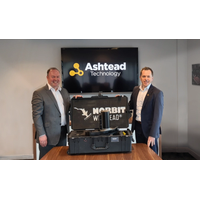
Ashtead Technology to Sell NORBIT Subsea Products in Middle East
of NORBIT Subsea products throughout the Middle East region.NORBIT Subsea designs and develops high-resolution wideband multibeam sonars for hydrographic applications, forward-looking applications, and advanced subsea leakage detection. Their solutions are based on the latest in analog and digital signal processing with products that provide wide coverage monitoring combined with high sensitivity and accuracy.David Mair, Ashtead Technology’s Business Development Director, said: “We are delighted to partner with NORBIT Subsea for the exclusive sale of their multibeam sonar survey systems
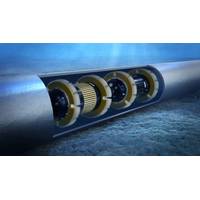
Pipeline Inspection with Fast(ER) Results
Finland’s Rocsole is hoping to provide operators with better, faster insight into their pipelines through a new compact inline sensor and a large dose of data analytics. Its inspection tool uses electrical tomography and digital signal processing to measure conductivity and permeability values within a pipeline. These are then analyzed to determine the content – fluid and solid – of pipelines or vessels, such as separators.The technology has had the backing of Shell, who are trialling the Deposition In-Line Inspection (DILI) in a 12 in. water pipeline in Brunei in October to detect
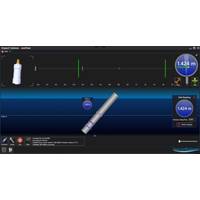
Flooded Member Detection Using ROVs
instead of typical harmful gamma rays to inspect offshore platform members or subsea pipelines for flooding as a result of cracking, damage, corrosion, and/or other defects. The ISFMD is suitable for small ROV deployments as it uses a compact broadband ultrasonic probe paired with an advanced digital signal processing engine to provide reliable readings. The ISFMD uses Impact Subsea's SeaView software for control, visualization and data collection.The ISFMD was supplied and supported by ECHO81, a U.S.-based equipment specialist for marine instrumentation and distributor of Impact Subsea products
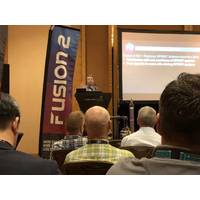
Sonardyne Unveils Fusion 2
(simultaneous localization and mapping) calibration of a sparse LBL transponder array while you survey – until now a lengthy offline post-processing activity.Significantly reducing survey time is central to another key innovation that arrives with Fusion 2. Sonardyne has reengineered the digital signal processing protocols used by Fusion 2 to command and control seabed arrays of its Compatt LBL transponders and vehicle-mounted ROVNav transceivers to Wideband 3.Wideband 3 allows, for the first time, sensor data (e.g. pressure, depth and temperature) from a Compatt to be to be embedded with navigation
Kraken Awarded $1 Million Defense Contract
Warfare Suite Upgrade, the Canadian Surface Combatant program and other international underwater surveillance programs.Kraken’s Acoustic Signal Processing Group has 80+ years of combined experience in sonar systems development and integration. Their core competency is implementation of digital signal processing and user interface software for Anti-Submarine Warfare (ASW) sonar applications. This work frequently involves integration with embedded processing platforms for shipboard or shore-based analysis systems. The group can process and display data from fixed and mobile underwater as well as
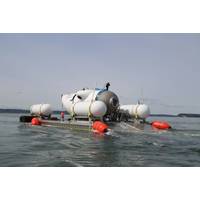
iXblue Equips Manned Submersible for Titanic Mission
;s long range and high accuracy USBL system that is operated from the surface ship and will be calibrated thanks to a Phins surface INS. Designed to track subsea vehicles to depths of 6,000 meters at ranges reaching over 10,000 meters, Posidonia uses advanced acoustic modulation, as well as digital signal processing technology and operates in the low frequency band for deep sea tracking operations. To communicate with Posidonia during each dive, Titan is equipped with iXblue’s MT8 compact low-frequency transponder.“Everyone at iXblue is very excited to be part of the Titanic Survey Expedition
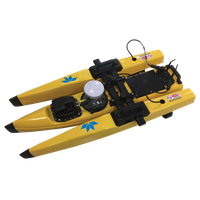
New Remotely Operated Hydrographic Survey Boat
in most water conditions. The vehicle weighs in at less than 50 pounds, including all instrumentation. A collapsible sliding crossbar makes the Z-Boat 1250 easily transported by a single operator. The vehicle’s integrated single beam echosounder has an embedded transceiver with digital signal processing and outputs depth & temperature using NMEA 0183 data output. The “exceptionally rugged” Z-Boat 1250 design features a propulsion system that uses two thrusters (one in each outrigger) and an advanced 2.4 GHz remote control transmitter that differentially adjusts

Case Study: Klein System 5900 Side Scan Sonar
High resolution, multi-beam, 600Khz side scan sonar Along track resolution: 6.2cm at 50m, 15.5cm at 125m Across track resolution: 3.125cm Dynamic aperture, dynamic focus and beam steering technology Transducers and data acquisition architecture support Klein’s advanced digital signal processing algorithms 750 m depth rating Optional Swath Bathymetry and Gap filler Specifically designed to obtain SAS quality pictures while operating in difficult sea conditions High speed (14kts) route survey and mine classification The Surveyor Notebook In Figure
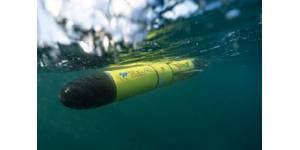
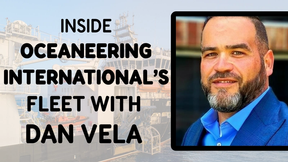
 August 2025
August 2025


